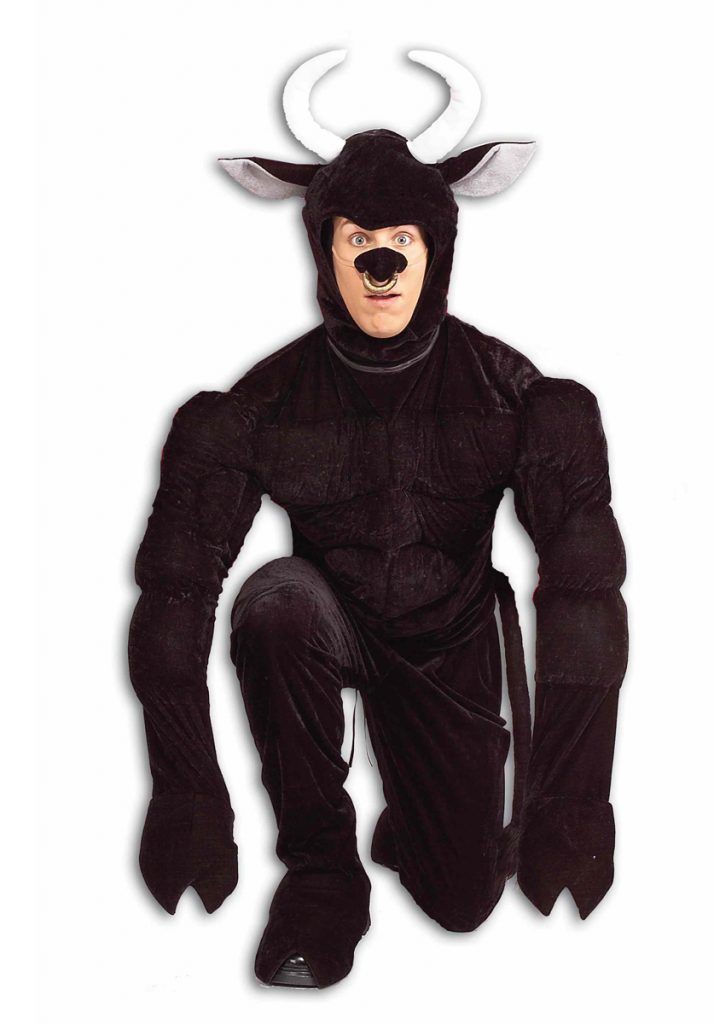Norfolk Shape Shifter June 26, 2016
Author: Beach Combing | in : Modern , trackback
Here we have a fairly rare thing. A Norfolk ghost story.
During the passing of the third decade of the present century [1830s] I had not reached my teens, but distinctly remember that the inhabitants of Thetford generally, and young folks in particular, were greatly alarmed by prevalent report of a frightful monster—which had been seen by various persons in and about the vicinity of what was then known as Stone’s Lane and Tanner’s Lane. These parts of the town were much less inhabited then they are now, gas lamps had not then been introduced, the old oil lamps, which were few and far between, were burned in the principal streets and in the lanes named above. Darkness reigned supreme. There were then no police patrolling the streets and lanes, ignorance and superstition abounded; hence it was an easy matter to impose upon the credulous, and to excite their fears. The monster referred to had been frequently seen assuming different forms, and became a cause of general alarm.
So far we have an East Anglian bogey: note its shape changing propensities. Now things will get interesting.
A few persons less credulous and more courageous than the rest of the inhabitants determined to find out all about the monster. On one of its nocturnal rambles they accordingly made an attack upon it, and found it to be Master Frank Diggon, the son of the then proprietor of the tan works carried on in Tanner’s Lane, dressed up in bullock’s hide with horns obtruding. He confessed having changed his appearance by sometimes using a sheepskin, and occasionally a white sheet. He had been greatly amused at the reports of his appearances. The effect resulting from these reports, seconded by tales told of similar things of the old people of the day, left the impression of fear upon my mind, and, doubtless, had the same effect upon others.
Ghost fakery is as common as chicken eggs. But the report implies that young Frank changed how he looked to match the traditional shape-changing of the bogey. Or is this wishful thinking? Drbeachcombing AT yahoo DOT com
Source: Thetford & Watton Times (7 Sep 1889), 4
Bruce T writes, 30 Jun 2016, ‘Of course he changed things up, if he’d kept using cattle hides, he would have been found out much sooner. Any good hoaxer has a few tricks in his bag to mislead the public. It sounds as if he a lot of good clean fun. It’s always struck me that there is vast gulf in mindset between hoaxers and investigators. Hoaxers are simply having fun with the credulous. Investigators forget, ignore, or forget the main motivation of most hoaxers is fun and attribute much more to the activities the hoaxers generate than is actually intended. When the hoaxer grasps this about the investigators, his normal reaction is “More chuckleheads to mess with!” As most investigators are bright people, they tend to share the common mindset that they can’t be fooled, which of course is their biggest weakness. Once the investigators show up and start making pronouncements about the “phenomena” it starts a feedback loop between the gullible and the investigators escalating the situation through the roof. Here is where things can get interesting. When a smart hoaxer sees this happening, they’ll often step back and watch what’s happening before attempting anything further. However, in the meantime, others may start running versions of the same hoax in a classic ladder conspiracy ,ie; our first hoaxer has no contact with second wave of hoaxers and so on. They are all copycats, and the hoax with variations, self-replicates itself like a virus and goes on. Crop circles come to mind. Umberto Eco’s novel, “Foucault’s Pendulum”, is a masterpiece of how these things can work and should be required study for all investigators of the anomalous.


